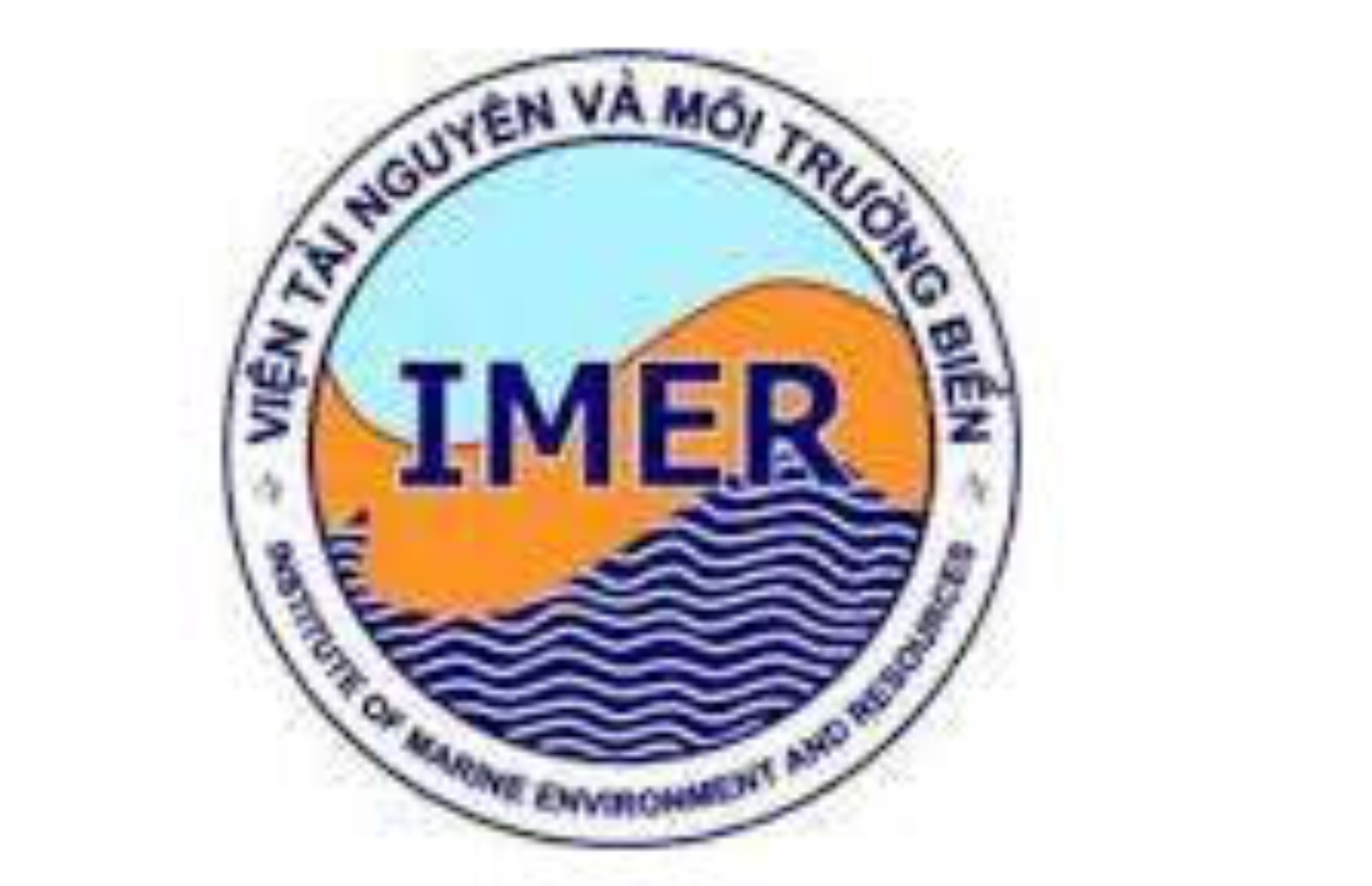COMMUNITY PARTICIPATION IN MARINE CONSERVATION IN VIETNAM A CASE STUDY FROM CU LAO CHAM MARINE PROTECTED AREA
Author affiliations
DOI:
https://doi.org/10.15625/1859-3097/8/3/6311Abstract
The management ofsmall scale fisheries and of marine protected areas (MPA’s) are both hot topics olcurrent marine policy development in Vietnam. Commonalities exist between these two policy areas, and MPA’s are viewed as providing good opportunities to model approaches for co-management involring coastal fishing comm unities. There has
been considerable effort made to capture the essence of successful resource management interventions in order to develop appropriate fisheries co-management models for Vietnam’s unique context over the last decade. One of the most significant questions arising from this
collation of experience is how to maintain commitment and involvement of all people in the process, from different levels of government to the local community?
Against this backdrop of macro-policy change sits the position of Vietnamese small scale coastal fishers, who are often perceived as unwilling to invest in alternative future livelihood opportunities. Lack of long term resource access security access to capital and declining fisheries resources are all potential reasons for this lack ol confidence in future investment resulting in unwillingness to change. Limitations of rural locations, lack of infrastructure, low education and limited life experience outside of the small scale fishing way of life all complicate the transformation of fishers’ lives and livelihoods, and impact on
the success of interventions seeking behavioural and livelihood-related change.
For participatory interventions to be successful amid this complexity requires the commitment, and not just involvement of local people. For this commitment to evolve, local people need to perceive some benefits from participation. But how can this commitment be
maintained when the process itsell is long term and the resulting benefits may take even longer to manfest? Although the form of benefit may be different for higher level stakeholders, its role as a key driver is equally important.
These issues will be explored with reference to one island MPA case study in central Vietnam. Cu Lao Cham MPA project com menced in October 2003 and the MPA was formally established in December 2005. The population of around 3000 people is concentrated on the largest island in the Cham islands group, with around 80% of the population dependant on fishing. The island’s size, restrictions on forest use and its military importance also limit land availability for expansion of agricultural or urban development. The islands’ people, fishing seasons and tourism are also impacted by the typhoon season which can limit boat traffic and cut transport between Cu Lao Cham and the mainland for long periods.
The last 12 months of the MPA Authority’s operation have focused strongly on community development interventions around alternative livelihood activities, targeting households determined to be most affected by the MPA regulations. Management of household waste has also been addressed during recent years through community participation processes. This presentation will explore the evolution of participatory activities through these experiences, focusing on the key themes of model development and implementation, the involvement and commitment of local people, and the connections to benefit that have arisen.








